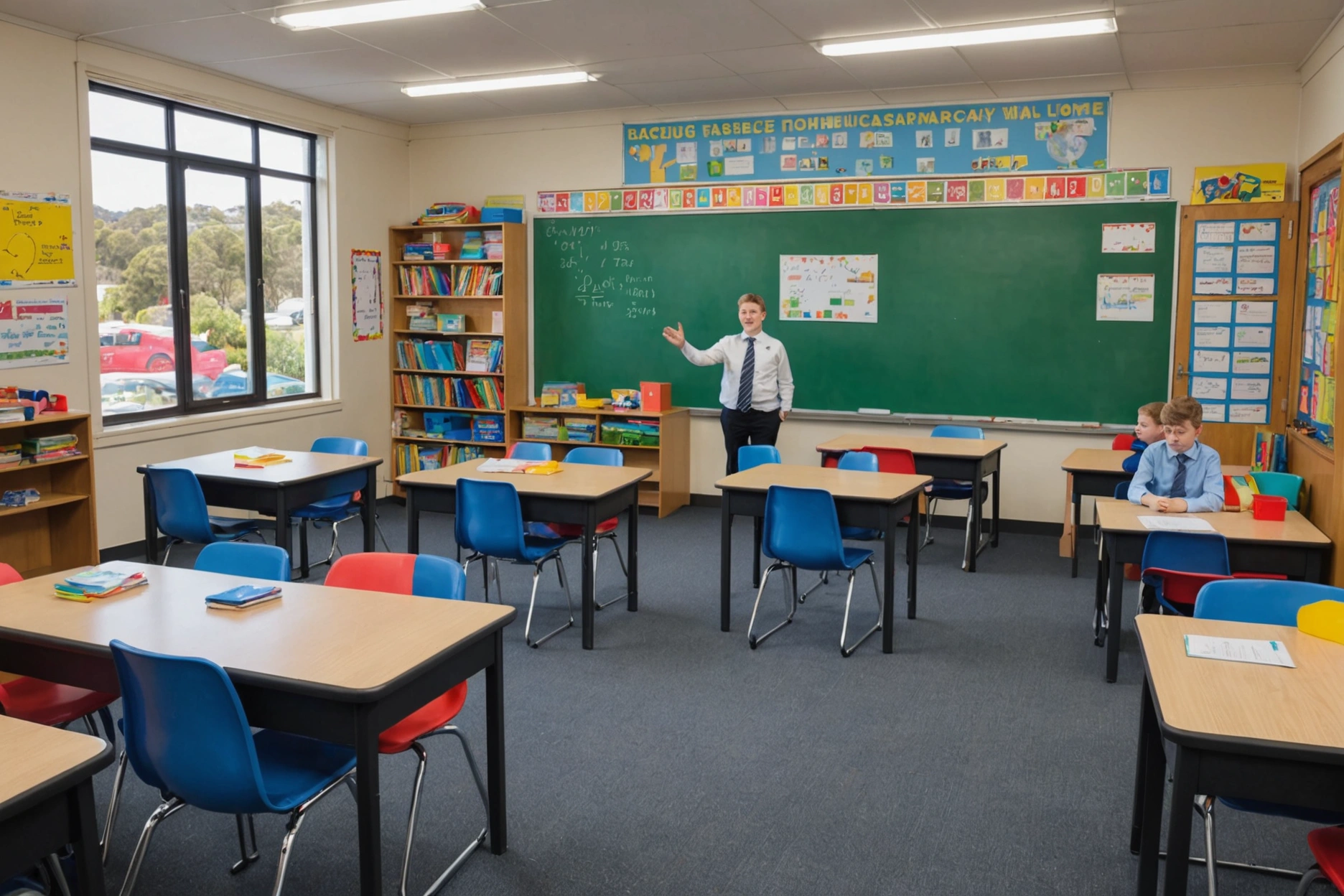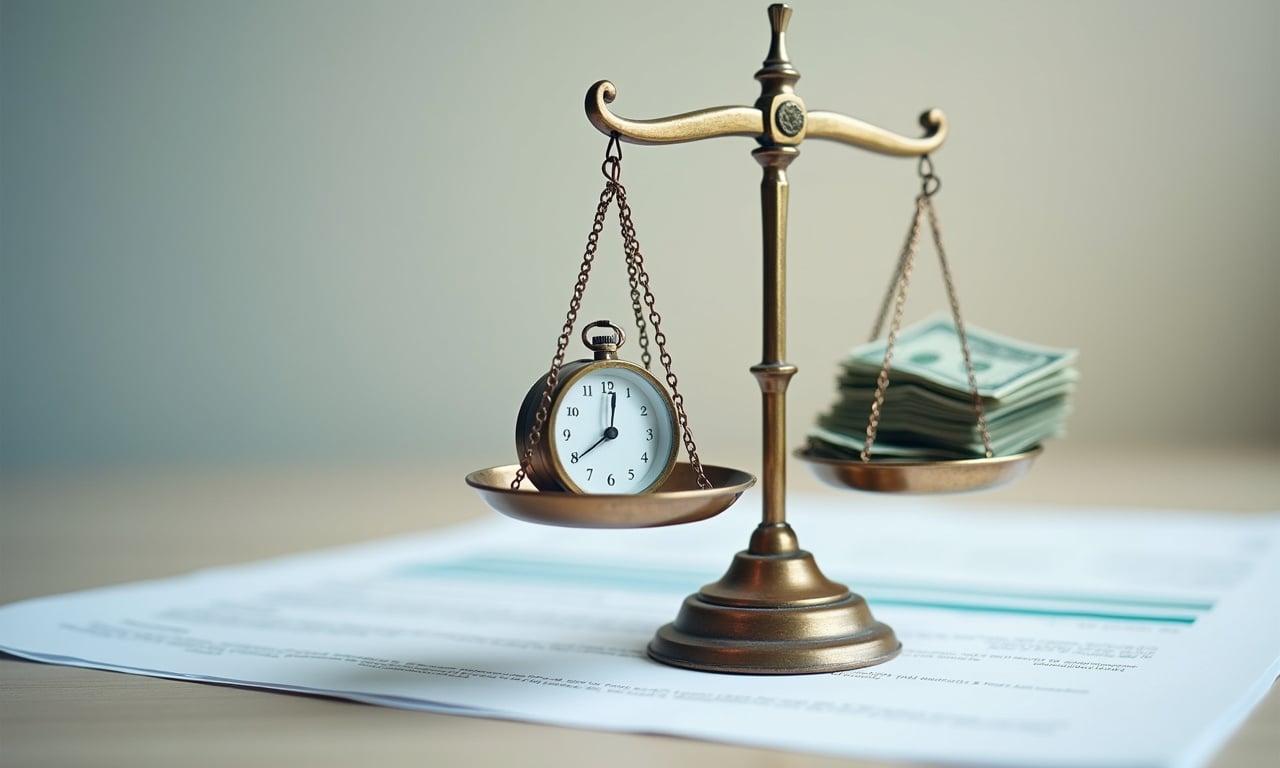Bridging the numeracy gap in Australia

With Australia in the grip of a cost-of-living crisis, now is the time to focus on providing good numeracy and literacy education so our children are equipped to make fiscally responsible decisions.
'Cost-of-living crisis' is a phrase we hear a lot in this place, and the government says it is working to provide relief for people, but it's also told us to make more fiscally responsible decisions.
If we've struggled to learn the basics of numeracy and literacy, how can we make better decisions about how to budget?
Numeracy is not a nice-to-have; numeracy is a must-have.
We use numeracy every day to pay for a coffee, to cook, to read the parliamentary sitting calendar and to solve problems.
Numeracy is essential.
It helps us make sense of life, but so many in Tassie struggle when it comes to numbers.
This isn't a new problem.
Tasmanian numeracy results have fallen below the national minimum standard for a very long time.
The most recent NAPLAN results showed 43 per cent of Tasmanian grade 9 students fell into the bottom two proficiency levels, and that means two out of five students in my state need extra support or development in working towards where they need to be when it comes to their numbers skills.
But, on a recent visit to Burnie High School in the state's north-west, I saw how this community has worked together to improve the numeracy results of their students, and they're winning.
The Burnie counts project has helped prepare primary school students as they move to high school, and it's starting to turn around NAPLAN results.
It's developed by the Burnie Counts Collective to improve numeracy outcomes and has been trialled at five primary schools that feed to Burnie High.
Twenty-eight teachers from these schools took on extraprofessional development in the maths curriculum to develop consistent teaching methods and assessment across grades 5 to 8.
They also worked with parents to get them more engaged in numeracy lessons.
The Burnie Counts students survey shows improvements in students' enjoyment of maths and their confidence when it comes to doing well in maths.
When parents were surveyed, the number who said they felt fear around maths halved, and the parents who said they liked maths increased by 13 per cent, showing parents were reinforcing the work done at the five Burnie schools.
Teachers raved about the program, too.
Over the past two years, they have found better ways to teach maths and are more confident in teaching math concepts now.
But let's look at the numbers that go with this, because that's what we're really here to look at.
The 2024 NAPLAN results for grade 9 students at Burnie High School showed 89 per cent of students achieved medium-to-high growth in numeracy, which is significantly above Tasmania's grade 9 average of 75 per cent.
To give you a little more insight into how Burnie High School numeracy stats have developed, in 2019, 74 per cent of Burnie grade 9 students recorded medium-to-high growth.
This grew to 77 per cent in 2021, 87 per cent in 2023 and 89 per cent now. The number of students falling into the strong proficiency category has grown from 59 per cent in 2023 to 64.2 per cent this year.
This is above the national average of 63.4 per cent.
Go Burnie kids!
Besides helping build more confident kids, Burnie Counts has helped the wider community engage with numbers, too.
You can walk along the Burnie foreshore and join in fun maths activities.
Yes; maths apparently can be fun!
Check the direction and distance from Burnie to cities around the world with a supersize compass, compare your height against Tasmanian Olympian Ariarne Titmus and other role models or play human-size snakes and ladders.
These activities have been rolled out in the community through collaboration between the schools involved with the Burnie Counts Collective, Australian Schools Plus, Burnie City Council and the Tasmanian Community Fund.
Not only is this an example of a community helping itself; it shows how everyone benefits through collaboration.
Burnie Counts is a great example of how a well-planned and tested program can help our kids do better at school.
This program has already helped hundreds of kids in Burnie, and I feel confident the stats will continue to go up in future testing.
But what about the kids on Tasmania's west coast and all those struggling with numbers in Launceston, Hobart or even your electorates?
We need programs like Burnie Counts to be rolled out to communities struggling with numeracy across the country.
I call on the government to take kids' education seriously and commit to improving numeracy. I call on this government to commit to improving numeracy in Tasmania and across the country.
Without a good understanding of numbers, our kids will miss out on the skills they need to make good money decisions.
What else is news?
Everything Tam's been saying in front of journalists and their microphones.

Hear how a commitment to listening and leading has delivered real change for Tasmania’s businesses and farmers.

Today, Tasmania’s future shouldn’t be jeopardised by a billion-dollar stadium deal that risks essential services and deepens debt.

Today, students face a system where their debts rise before their repayments are even processed, highlighting the urgent need for a fairer approach to help debt indexation.